The Anatomy of Humbug: How to Think Differently About Advertising
£13.70£17.10 (-20%)
How does advertising work? Does it have to attract conscious attention in order to transmit a ‘Unique Selling Proposition’? Or does it insinuate emotional associations into the subconscious mind? Or is it just about being famous… or maybe something else? In Paul Feldwick’s radical new view, all theories of how advertising works have their uses – and all are dangerous if they are taken too literally as the truth. The Anatomy of Humbug deftly and entertainingly picks apart the historical roots of our common – and often contradictory – beliefs about advertising, in order to create space for a more flexible, creative and effective approach to this fascinating and complex field of human communication. Drawing on insights ranging from the nineteenth-century showman P.T. Barnum to the twentieth-century communications theorist Paul Watzlawick, as well as influential admen such as Bernbach, Reeves and Ogilvy, Feldwick argues that the advertising industry will only be able to deal with increasingly rapid change in the media landscape if it both understands its past and is able to criticise its most entrenched habits of thought. The Anatomy of Humbug is an accessible business book that will help advertising and marketing professionals create better campaigns.
Read more
Additional information
| Publisher | Matador (28 Feb. 2015) |
|---|---|
| Language | English |
| Hardcover | 256 pages |
| ISBN-10 | 1784621927 |
| ISBN-13 | 978-1784621926 |
| Dimensions | 13.97 x 1.27 x 21.59 cm |

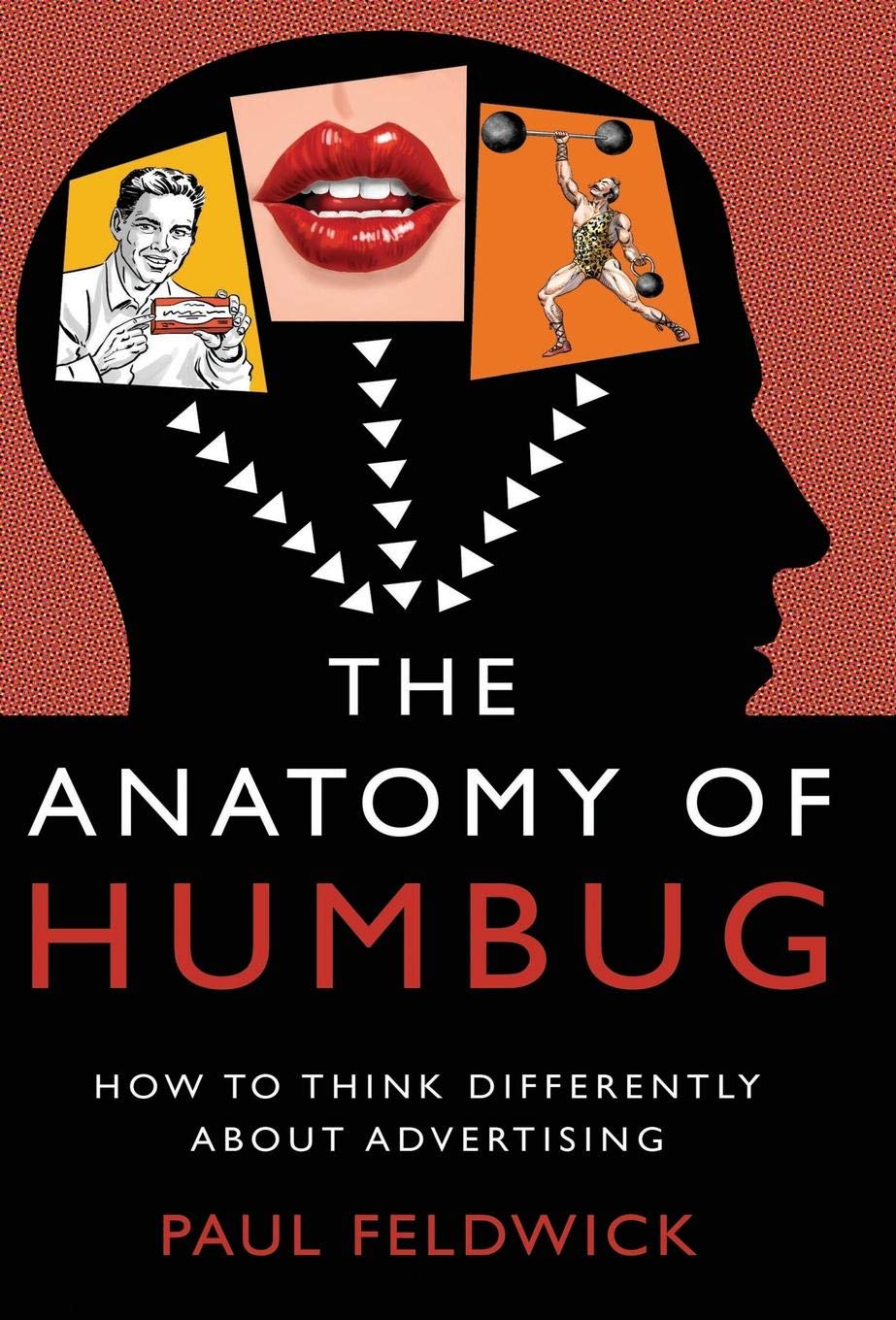

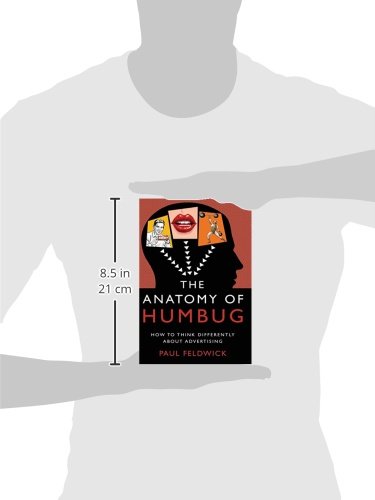


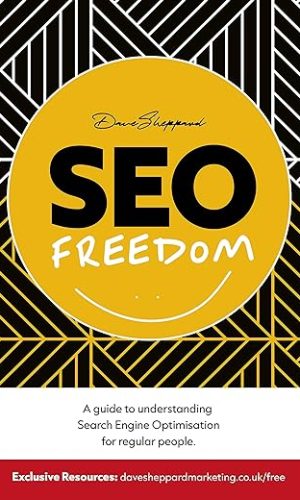

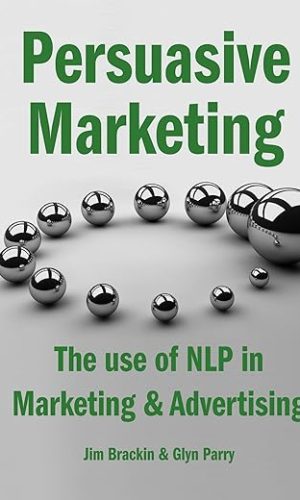


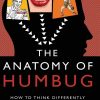
by Kimberly G9
The Anatomy of Humbug is a thought provoking book about the driving forces behind the last ~150 years of advertising. It chronicles the movers and shakers and the beliefs they pioneered for their time and place. We go full circle from lots of facts and copy to precious little facts but more feel good factor.
I loved the Madison Avenue 50s-60s era as that seems the most explosive. Having watched and loved Mad Men, I am geared to appreciate the genius of the time.
I don’t know that I walked away with the insight I was after but I understand more of the concepts and ways of thinking. Is advertising a science? No. There is no master formula that works for all, but this book gives a lot of interesting, entertaining background to the art and magic that is advertising.
by Richard Morris
Paul Feldwick is both a seasoned advertising man and an insightful thinker. In this eminently readable book he takes the reader on a guided tour of the advertising world’s changing beliefs and principles and how these have evolved and changed during the years. Interestingly, it seems that the industry has not necessarily kept learning from its history, but instead chosen from time to time to look differently at how it thinks that advertising and communications works. If you work in marketing and communicaions, and are serious about your profession, this is required reading for you.
by John Penfold
On the whole, a balanced and critical review of the major theories about how advertising works.
A bit dry rather than a good read. You’ll need to have some genuine interest in advertising to enjoy it.
Interestingly, Paul’s objectivity seems to break down when faced with the moral question: When is advertising bad ? For instance, he tries to convince us that falsely implying that a product has a distinguishing property which it, in fact, does not have, is actually a benefit to the buyer. Eg implying that rich people drink a particular beer, and pushing the price up is a benefit to the buyer. I suspect that you need to be inside the advertising industry to buy that idea.
His objectivity also falters when discussing books that are critical of the morality of advertising. He uncharacteristically describes the popular book “The Hidden Persuaders” as “muckraking” while he comes across as a bit of a gentleman the rest of the time.
by Merry Baskin
Up until now, I had thought a humbug was a traditional boiled stripey sweet. Or else I’d only ever heard it with the word “Bah!” in front of it, muttered in some sort of Dickensian Christmas antipathy. Now I know different, and I am very glad I found out. This long awaited book from one of Account Planning’s Living Legends is excellent, outstanding, informative, thought provoking, eye opening, constructive, educational AND an extremely well written, enjoyable read. I won’t repeat the content summaries already spelled out in other reviews here. Suffice to say, for those people in advertising or with a desire to be working in advertising suffering from ADD, (quite common I have found) it is also quite short and to the point. I do a fair amount of training and lecturing in planning strategy and market research and I am putting this at the top of my recommended reading list.
by Jestyn
Chances are most of us who work in marketing haven’t read all the books Paul Feldwick has, but the theories influence what we do every day. Paul’s book really challenges you to think about what the assumptions are and what decisions they lead you to. It is a great read, enjoyable, interesting, informative, challenge and entertaining.
by Merry Baskin
I loved this book.
Having worked in advertising and branding for 25 years, I thought I knew how and why things worked; this book told me so much of what I believed to be ‘fact’ and ‘rules’ was either wrongheaded, had become advertising lore based on subjective opinion, was occasionally made up or even was just plain incorrect. The good news is – I’m pretty sure everyone else who has worked in advertising or branding for the last 25 years is in the same boat.
Having read this book I feel empowered to start tilting at a lot of windmills. I’d heartily recommend everyone else does the same
by Conor Byrne
A good read if you’re interested in advertising in any form. Even if you just want more visitors to your church fete you’ll learn something useful here.
by Mats Rönne
In an industry beset by fads and fashions, and the latest One And Only Way to do it, this book breathes a breath of fresh air.
By taking one through the history of different approaches (long copy, USP, etc.) and showing the contexts and influences that brought each in and out of favor, one is reminded of the need to avoid dogmatism and trend and just to look for what approach will work best with a certain brand in a certain medium and a certain situation.
And it’s a good fun read too.